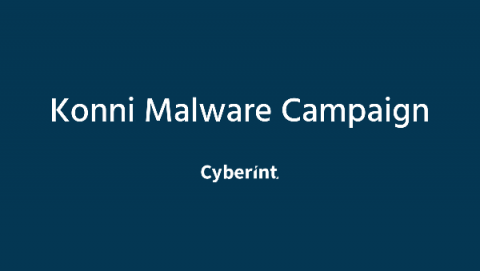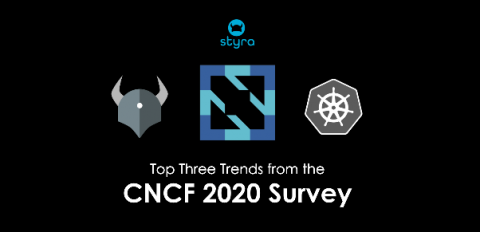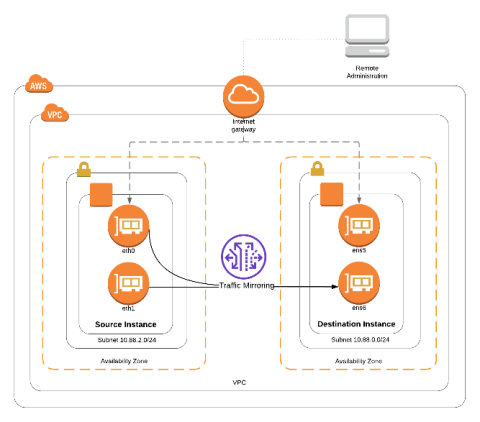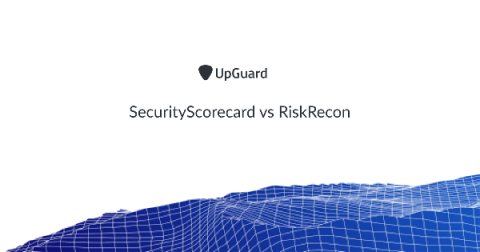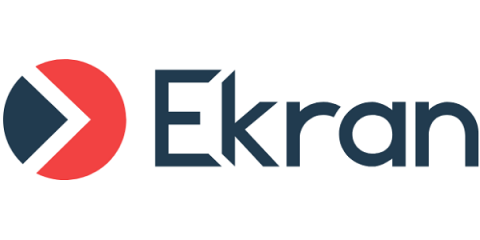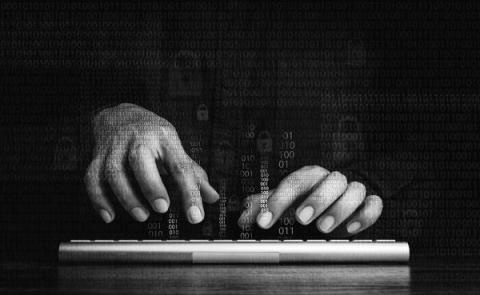Focusing on Cybersecurity Policies
If you're a cybersecurity leader with decades of experience in the industry, I am sure you've helped your organization navigate major security issues related to remote working. Technology has evolved drastically across the decades, with new attack surfaces emerging with each shift.



